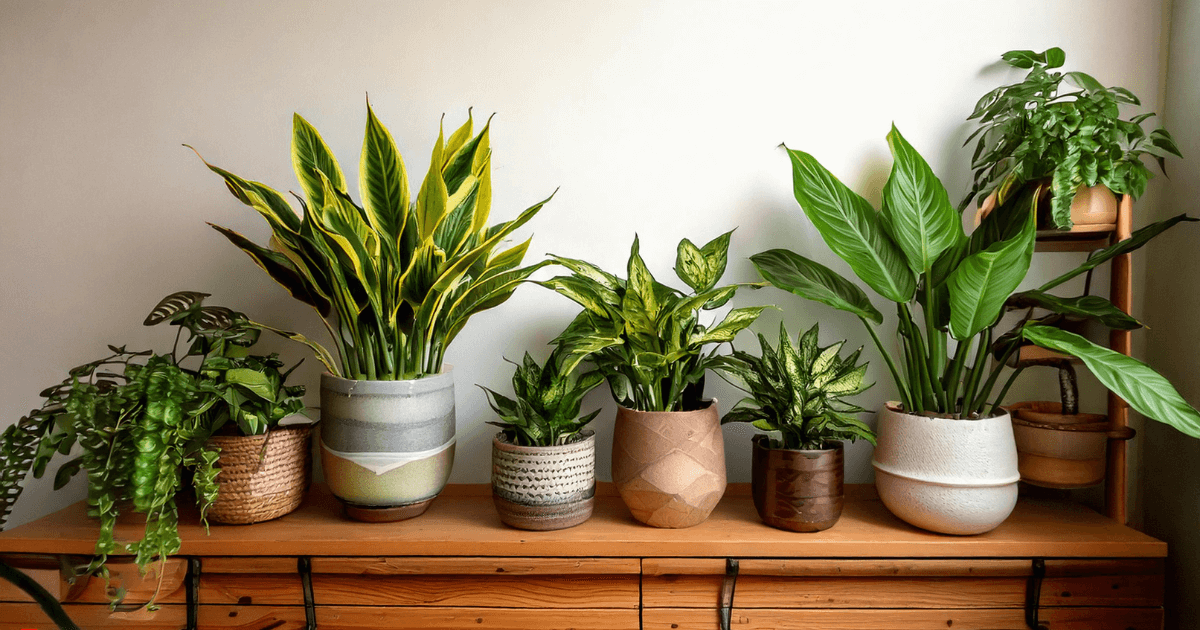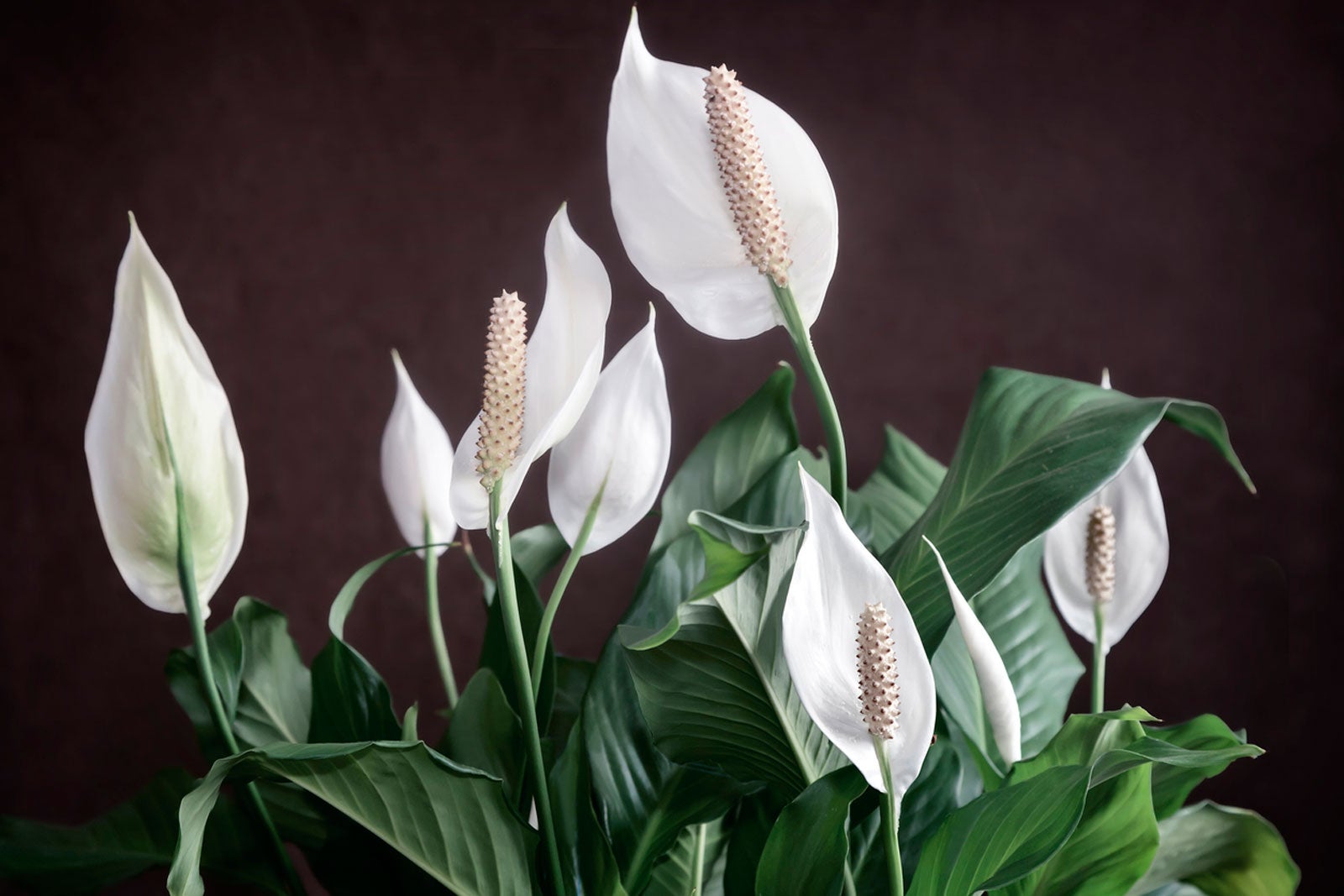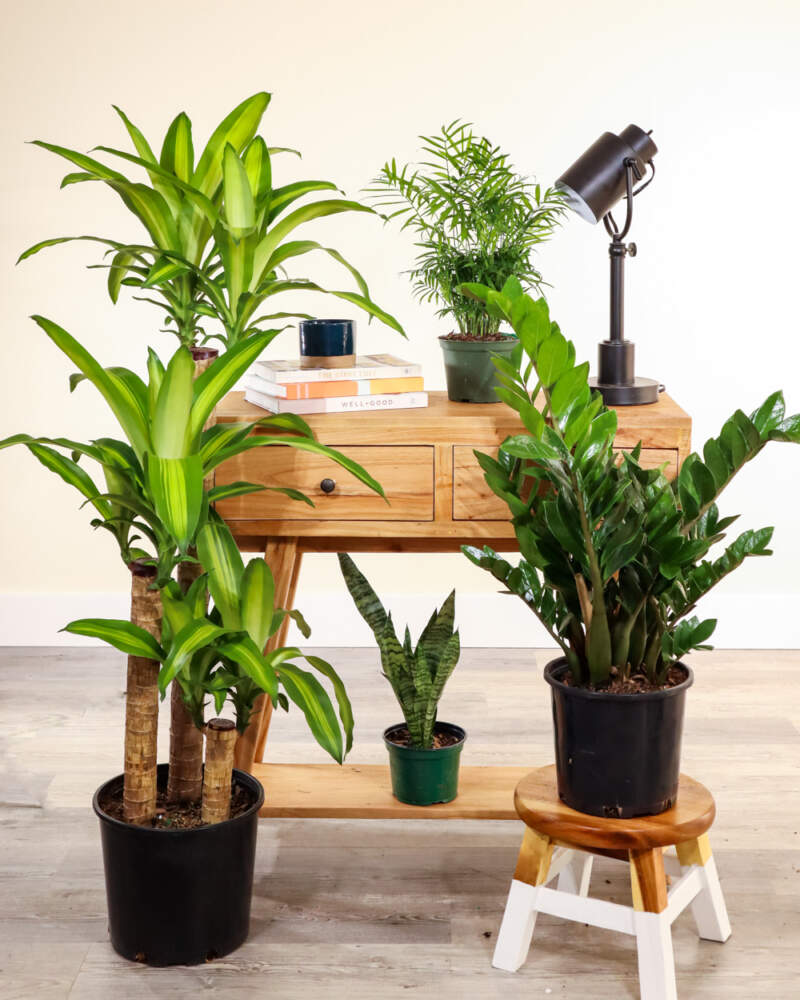Best Low-Light Indoor Plants That Thrive with Minimal Sunlight
Best Low-Light Indoor Plants That Thrive with Minimal Sunlight
Blog Article
Transform Your Home With Beautiful Low-Light Indoor Plants and Their Advantages
Integrating low-light interior plants right into your home can considerably boost both the visual and environmental quality of your space. These plants, which grow in dark conditions, offer not only as attractive elements however additionally as all-natural air purifiers, making them ideal for city occupants or those with minimal sunlight exposure. As we check out the different sorts of low-light plants and their benefits, you might discover surprising methods to incorporate them right into your home that can change your environments in ways you might not have actually expected.
Advantages of Low-Light Plants
Low-light plants offer countless advantages for indoor settings, making them an exceptional selection for both beginner and seasoned gardeners. One of the primary advantages is their adaptability to low-light problems, enabling people to boost their living rooms without the need for extensive sunshine exposure. This characteristic makes them perfect for houses, workplaces, and other areas with limited natural light.

Moreover, including low-light plants right into home decor can elevate the visual allure of an area. Their lush foliage and differed textures develop a relaxing ambience, adding to general wellness. The existence of plant has been linked to decreased anxiety levels and boosted productivity, making low-light plants a practical selection for boosting both psychological and physical wellness in interior setups.
Top Low-Light Indoor Plants
While several indoor plants prosper in intense light, several species are particularly appropriate for low-light problems, making them suitable for various interior rooms. One prominent option is the Serpent Plant (Sansevieria), recognized for its striking upright leaves and resilience, calling for marginal care. Another outstanding option is the Pothos (Epipremnum aureum), which features heart-shaped fallen leaves and can track perfectly from wall mounts or racks, thriving in reduced light and including a rich touch.
The ZZ Plant (Zamioculcas zamiifolia) is commemorated for its shiny fallen leaves and capacity to endure forget, making it perfect for active way of livings. In a similar way, the Tranquility Lily (Spathiphyllum) not only endures reduced light yet likewise creates magnificent white blooms, enhancing any area's aesthetic.
For a special touch, consider the Cast Iron Plant (Aspidistra elatior), which certainly measures up to its name, growing in the darkest edges of your home. Last but not least, the Chinese Evergreen (Aglaonema) offers a variety of leaf patterns and colors while being remarkably flexible in low-light problems. These plants not only beautify interior environments yet additionally add to air filtration, improving your space.
Treatment Tips for Low-Light Plants

Watering methods are crucial; these plants often choose slightly completely dry problems. Overwatering can lead to root rot, so make sure that the leading inch of soil is dry prior to sprinkling once again. Use pots with water drainage openings to enable excess moisture to run away.
Moisture is another crucial variable. Several low-light plants, such as ferns and peace lilies, take advantage of greater moisture levels. To increase moisture, take into consideration misting the leaves or placing a tray of water near the plants.
Fertilization should be approached with care. During the growing period, utilize a diluted, well balanced liquid plant food each month to support development, yet stay clear of feeding throughout the inactive winter season.

Creative Ways to Display Plants
Indoor plants can work as captivating focal factors in any room, improving both aesthetic charm and atmosphere. Innovative display screens can boost the aesthetic influence of low-light plants, making them an essential component of your home decoration. One effective technique is to use tiered plant stands, which permit you to display numerous plants at varying heights while maximizing floor room.
Hanging planters are an additional cutting-edge choice, producing a sense of depth and drawing the eye upwards. Think about macramé hangers or wall-mounted shelves to present a special texture and design.
For an extra organized strategy, usage geometric terrariums or glass containers to house your plants, including a modern-day touch to your interior garden. You can also repurpose classic items, such as teacups or wooden pet crates, for an eclectic screen that mirrors your personality.
Enhancing Home Setting With Plants
Incorporating low-light plants into your home not just boosts aesthetic allure you can try this out however also contributes substantially to the total setting. These plants work as natural style elements, presenting a feeling of peace that can change any room. The visibility of plant promotes a calming ambience, which is particularly advantageous in high-stress settings such as office or living areas.
Low-light look at this website plants, such as snake plants, pothos, and ZZ plants, are not just visually pleasing but likewise improve indoor air high quality by filtering pollutants. This double feature boosts the ambiance even more, producing a much healthier living room (Best low-light indoor plants). The tactical positioning of these plants can likewise influence the assumption of space; for circumstances, high plants can draw the eye upwards, making ceilings show up greater and rooms extra spacious
Moreover, varying appearances and shades of vegetation add deepness to interior layout, permitting for creative expression in home designing. Whether put on racks, in corners, or as centerpieces, low-light plants can elevate the mood of any room. In recap, incorporating these plants right into your home is an efficient means to foster a warm, welcoming environment while profiting of improved air quality and visual adaptability.
Verdict
Including low-light indoor plants right into home environments provides many advantages, consisting of improved visual appeal and boosted air quality. These resistant plants, such as the Serpent Plant and Tranquility Lily, need marginal light and upkeep, making them suitable for diverse way of livings.
While several indoor plants prosper in bright light, numerous varieties are particularly appropriate for low-light problems, making them perfect for various interior areas. One reliable method is to use tiered plant stands, which allow you to display several plants at varying heights Extra resources while taking full advantage of flooring room.
Low-light plants, such as snake plants, pothos, and ZZ plants, are not only visually pleasing yet additionally enhance indoor air quality by filtering system contaminants. Best low-light indoor plants. The critical placement of these plants can additionally affect the perception of space; for instance, tall plants can draw the eye upwards, making ceilings appear greater and areas much more large
These resistant plants, such as the Snake Plant and Peace Lily, need minimal light and upkeep, making them appropriate for varied lifestyles.
Report this page